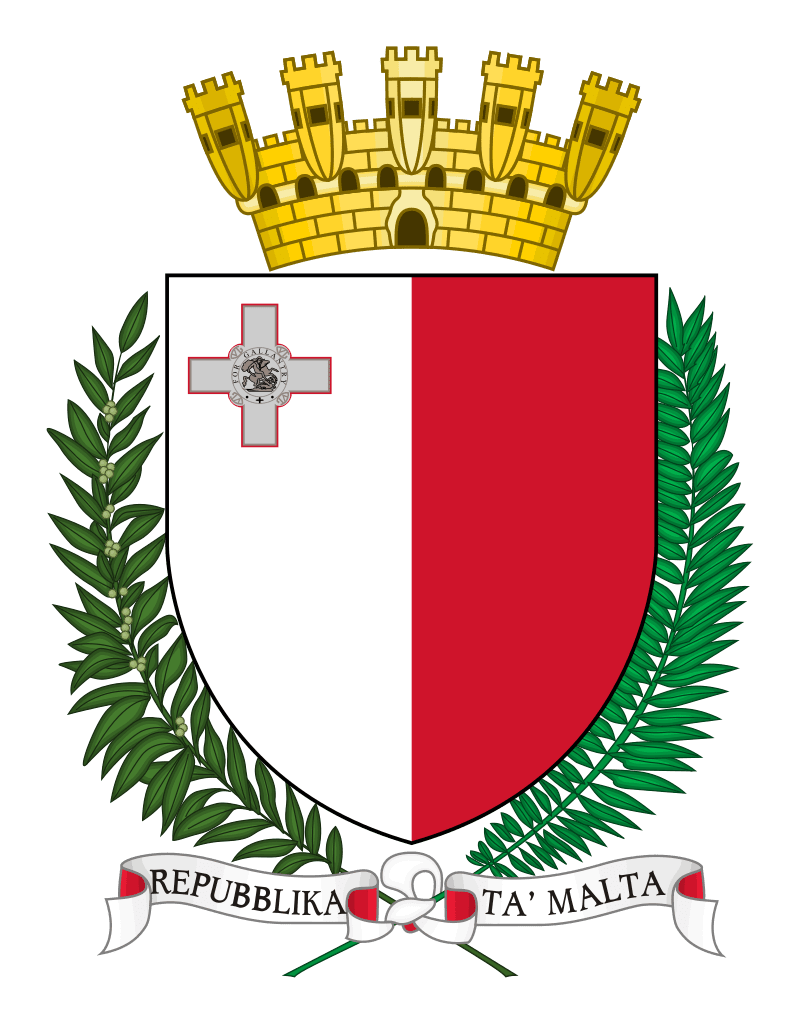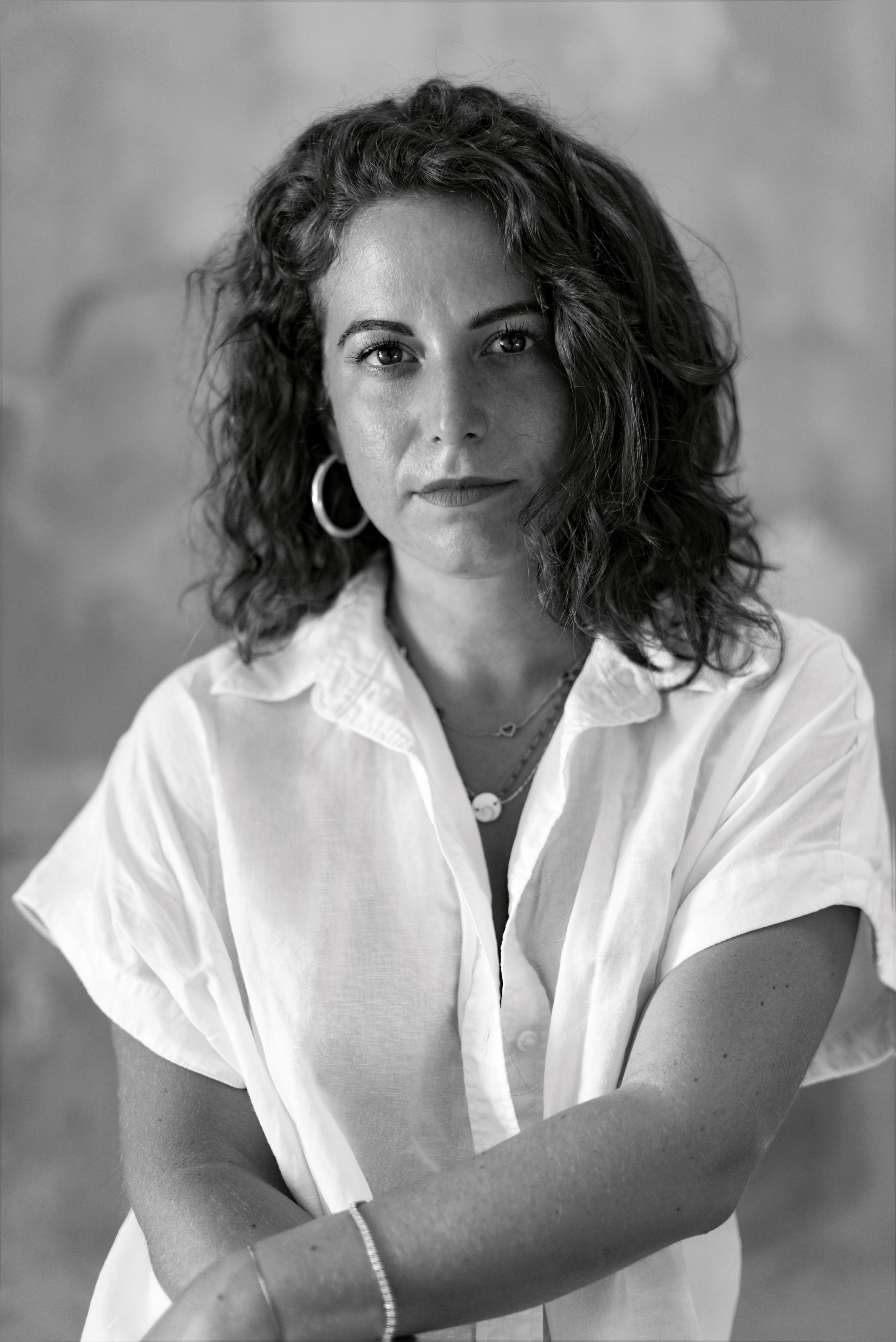The first edition of maltabiennnale.art aims to examine the Mediterranean from an insular perspective; being surrounded by sea drastically alters one’s vantage point and response. Through insular thinking, it becomes evident that the Mediterranean basin has two shores—it is both Southern Europe and Northern Africa, a meeting of Orient and Occident, a confluence of East and West. Entitled ‘white sea…’ (baħar abjad), employing the Semitic and Ottoman archaic definition of the Mediterranean, this inaugural edition seeks to evoke the manifold dimension of this body of water, with its perpetual meeting and clashing of cultures.
An island is the ideal location for the forging of relationships: one departs, one arrives. It beckons one to traverse the surrounding sea, to touch other lands. Exhibition—the act of being outside of oneself—constitutes the truth of the island (Jean-Luc Nancy, Thinking the Present, Cuec, 2010). Here, the island presents itself as the origin of a new political conception; the island must be conceived not as a buffer between the interloper and its inhabitants, but intimately woven with the presence of so-called outsiders. If utopia can still be spoken of today, this is the desire – to centralise the position of the islands, in order to transform the political discourse.
The foremost lesson that Malta has taught me is the importance of recognising hybridity within culture. Malta is not one but many; multicultural, multiracial, multilingual. People sing in different languages, just as they think and dream in different languages. This is what positions Malta and its archipelago as an ideal observatory for examining prevalent aspects of Mediterranean culture—our perpetual migration, ancient feminine wisdom and constant engagement with postcolonial thought.
The insular thinking underlying maltabiennale.art hopes to defuse the postcard-like imagery of the Mediterranean. We stand against extractive tourism that desires only what belongs to the other—their sea, their beaches and their palm trees (with a round-trip ticket in their pocket). This narrative is only possible alongside the vision of artists who, tireless in their efforts, will chronicle a sea that unites in the face of historical fractures—those forces that extract-exploit-instrumentalise Mare Nostrum.
Through the gaze of artists living in, working in and concerned with Malta, I have understood how crucial light is in understanding these islands. It is impossible to remain indifferent to the chromatic variations reflected on Maltese limestone. At sunset, shades of pink traverse across the landscape, and a delicate splendour absorbs Valletta, caught halfway between the wakefulness of day’s end and the dream of eveningtide. In the heart of Mediterranean ‘creolity’, within the density of this hybrid culture, I wonder if light could be a common thread among the civilisations that inhabit the Mediterranean shores. There is a specific time of day, usually in the early afternoon, when the scorching light makes you seek refuge in the cool shade of the interior; in Sicilian, it is called ‘contróra‘, a time for collective repose. How much does the luminous dimension matter in walks through the medina of Tunis, among the Baroque palaces of Lecce, over the paving stones of Chefchaouen, or in the streets of Nicosia? If understanding Malta without its light is impossible, then the question of luminosity is central to the entire Mediterranean region.
Malta boasts seven-thousand-two-hundred-and-twenty-three years of civilisation. To envision the first edition of the biennale in such an ancient land necessitates working in tandem with its history. Thanks to Heritage Malta and the partnership with UNESCO – World International Heritage, many of the island’s cultural treasures will become the venues in which maltabiennale.art will unfold. The Central Pavilion and the National Pavilions will take shape within the island’s most illustrious and evocative sites. The capital Valletta, the majestic palaces in the harbour town of Birgu, the megalithic temples of Ġgantija and the citadel in Gozo, will map out a biennale disseminated within the urban fabric. These sites, symbols of Maltese history and Mediterranean civilisation, are not mere locations for intervention; no urban environment, let alone a cultural treasure steeped in history, is ever neutral and silent. If psychogeographic thought teaches us about the continual influence that landscape has on our psyche, then contemporary artists, called to exhibit in these venues, must rebuild an intimate relationship with these locations. Common assets, including cultural treasures, exist only if there is a community of inhabitants exercising their fundamental rights through them. The public good is always the product of these relations. To envision new possible futures for the Mediterranean region, we must rekindle our affection for the places that constitute our history and diverse cultural identity. We hope that the artists’ vision will reveal an unwavering trust in individual and collective transformation. We propose a Mediterranean expedition into the possibility of harmonious coexistence.





